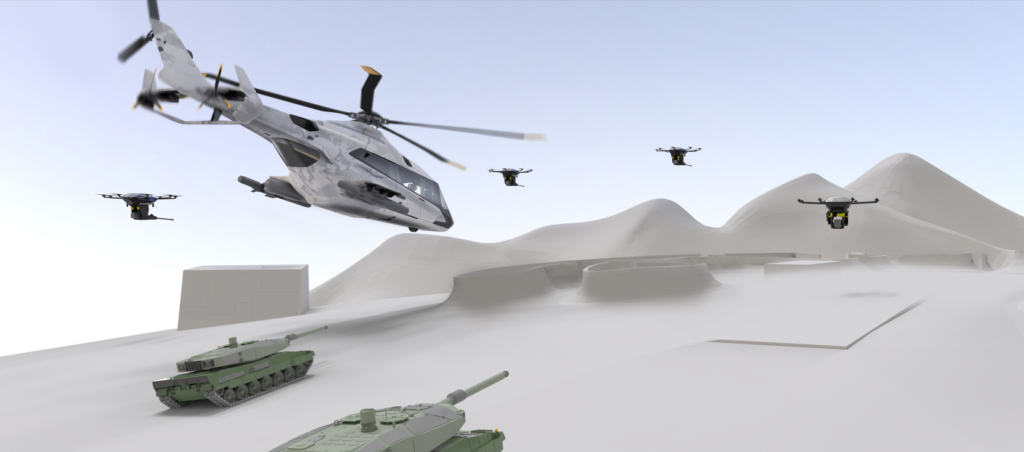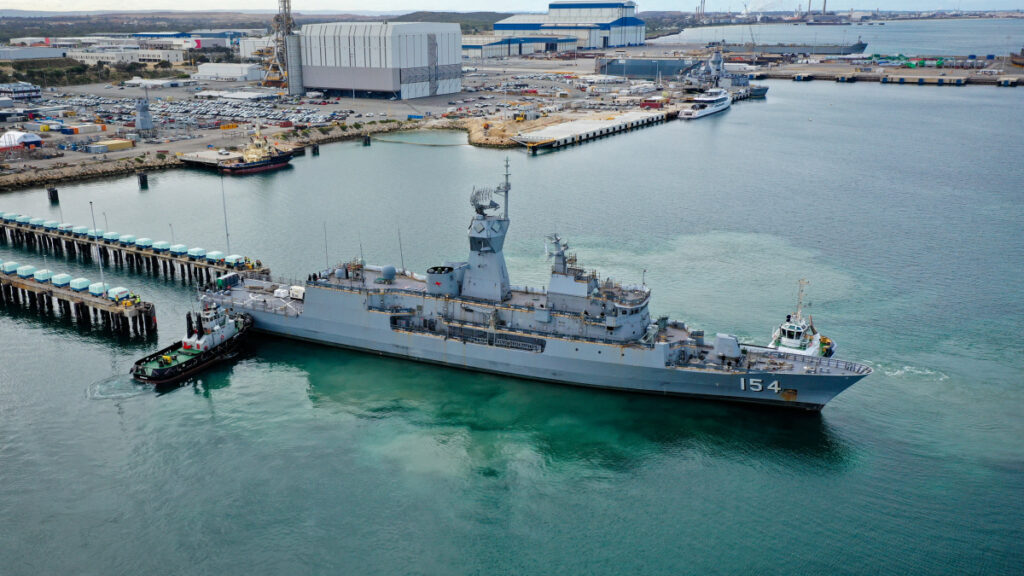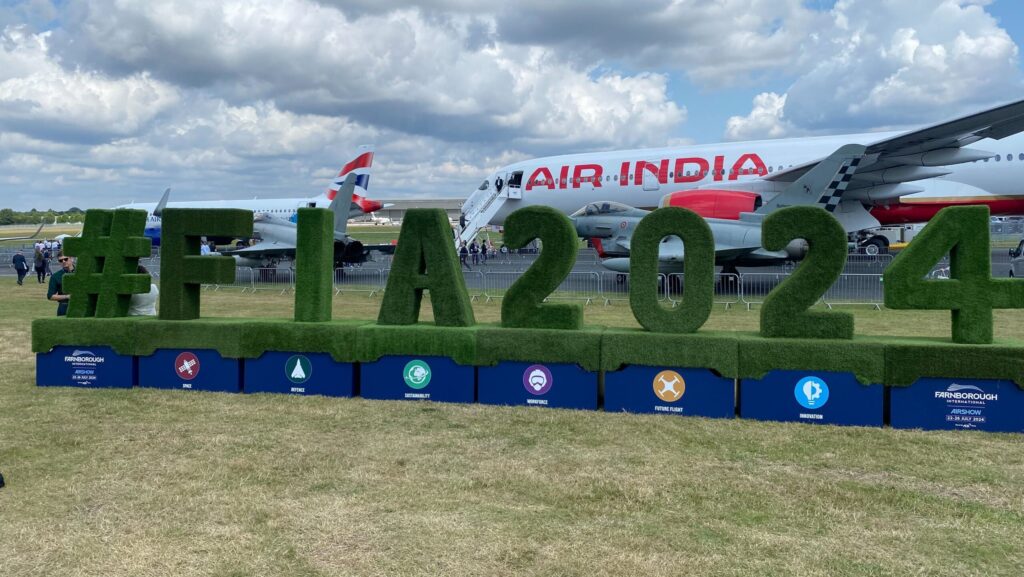French Defense Minister Sebastian Lecornu (R) and German Defense Minister Oscar Pistorius (L) sign an agreement on the Main Ground Combat System in Paris, France, April 26, 2024. (Sebastian Lecornu on X)
PARIS — France and Germany today signed “phase 1A” of the agreement to jointly develop the next-generation Main Ground Combat System (MGCS) after lengthy political and industrial negotiations to ensure the German-led project is balanced 50/50 between the two nations.
At a joint conference this morning French defense minister Sébastien Lecornu stood next to his German counterpart, Boris Pistorius, and explained that “the future of the tank and not the tank of the future” had been “at the heart” of the negotiations “because we both need the same tank by 2040.”
“The signature today is a milestone,” Pistorius said. “We finally managed to slice through the Gordian knots of the industrial work-share. It was a very, very painstaking and [a] very, very complex task, so many thanks to our respective teams.”
The two emphasized the vision for the project as not just the next versions of the Leopard, “but of something completely new,” in Pistorius’s words.
“We’re talking about a system that will be partly robotic, with no pilot, with new technologies, with artificial intelligence. It will be a real technological breakthrough in ground combat systems,” he said.
The result of the talks is that each country’s role in the program will be equally split “but so will their production capacities,” the French official said.
Industrial development has been divided into eight “pillars,” each of which will be under the responsibility of one company, or sometimes two, the French minister explained. These pillars are the platform, traditional firepower, innovative firepower, connectivity, sensors, simulation, protection and infrastructures. They will be assigned “depending on industrial capacity,” Lecornu said.
He conceded that lessons had been learned from the other major joint project between the two nations: the SCAF Future Combat Air System. He said that in that program it had been a mistake to decide on the industrial work-share first and get input from the air forces second. “This time a lot of work has gone into ensuring that the needs of both our armies were taken into account first as it is vital that both our armies be interoperable.”
Negotiations with industry will now start to develop a demonstrator with the “very ambitious” objective that a contract will be signed by the end of the year, which would then be submitted to both the German and French parliaments for their approval, Pistorius said. He added he had “no doubts” that the German parliament would approve the project.
He confirmed that “once the contract is signed,” the MGCS program would be open to other countries such as Italy, which has already expressed interest. He also mentioned Poland as a potential future participant.
With Pistorius nodding in agreement next to him, Lecornu said they couldn’t imagine a situation in which the two allies would not be partners in a conflict, hence the importance of having an interoperable main ground combat system.
He also underlined that “we are the first countries to be thinking about the tank of 2040 given that the United States has not yet thought about replacing the Abrams tank.” (Despite Lecornu’s description, the US Army last September said it had decided to scrap plans for an incremental upgrade to the Abrams in favor of also pursuing a more dramatic revamp, dubbed the M1E3.)
Lecornu explained that defense contractors KNDS France, formerly Nexter, and KNDS Germany would play leading roles together with Rheinmetall, Thales “and others.” But it will be the German procurement office that will sign the contracts with industry.



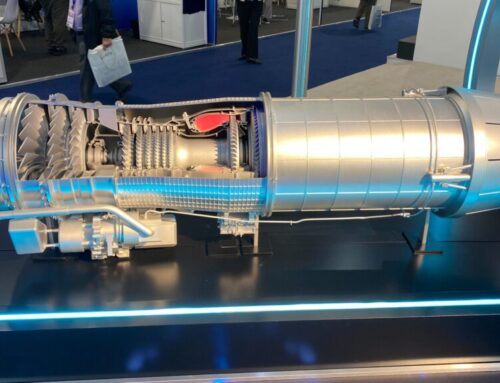
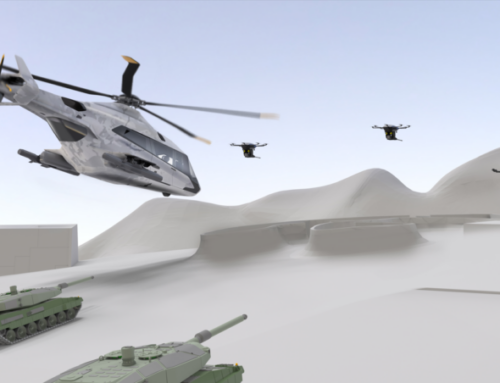
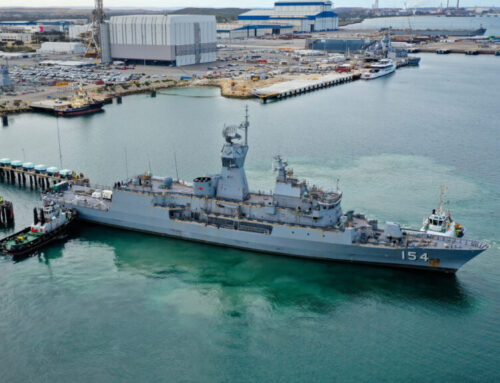
![The sights from the 2024 Farnborough Airshow [PHOTOS]](https://centurionpartnersgroup.com/wp-content/uploads/2024/07/IMG_8722-scaled-e1721930652747-1024x577-hZjwVb-500x383.jpeg)

